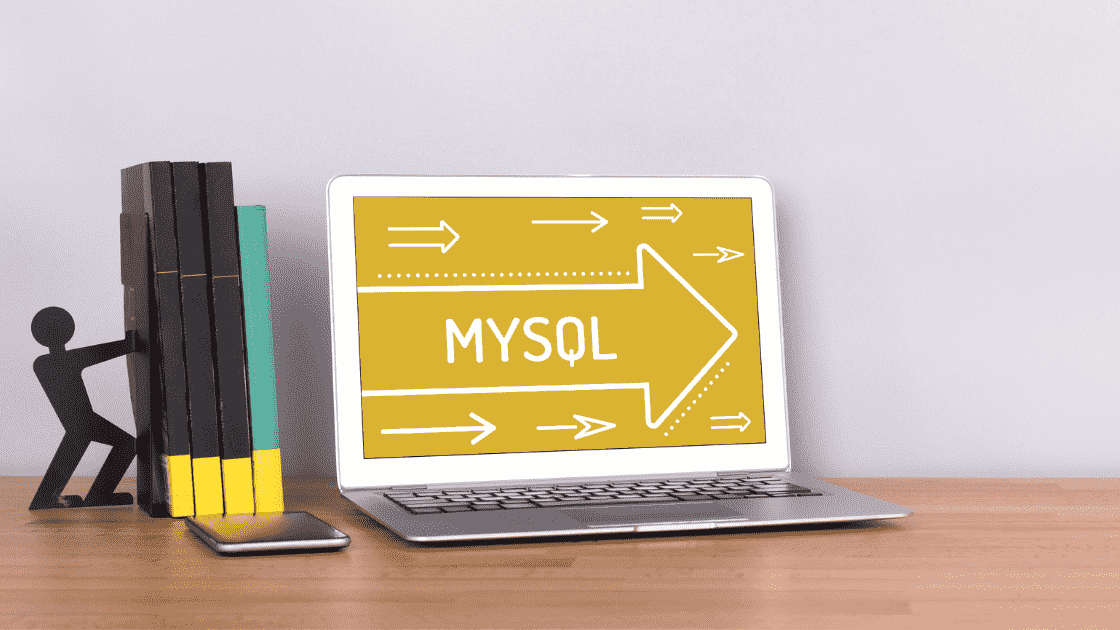A CRM Database: The Repository Behind the User Interface

Do you know what a CRM database is?
Customer Relationship Management or CRM database contains end-to-end client information within an organisation. It is rich in different tools used for increasing customer engagement, sales, and marketing campaigns. Any CRM can be divided into three different categories which include collaborative or strategic CRM, analytical CRM, and operational CRM.
The collaborative CRM shares important customer information with different business units. The analytical CRM helps business leaders create a route map for serving customers properly. The operational CRM handles sales, services, and marketing departments.
The best CRM database software is the dedicated repository for the user interface. Let us understand the different associated concepts.
Relational Databases
The concept of the relation database was created in the year 1970 by EF Codd in San Jose, California. It allows the database users to enjoy a constant experience irrespective of the data organisation within it. This helped in the large-scale implementation of enterprise-grade tools like database CRM.
Further, it is easy for third-party developers to use consistent API. There is no need for the software developers to reply to the different data changes using relational databases.
CRM Tables
The set of rows and columns in the relational CRM database is called a CRM table. These tables can include different organisation information. Hence, several CRM Windows use the CRM table differently. Microsoft refers to these tables as entities while HubSpot and Salesforce refer to CRM tables as objects.
The CRM tables can carry emails, phone calls, text messages, meetings, and other detailed notes about the organisation.
CRM Field Types
The different types of default fields in any CRM system may include the following:
Short text
It contains text string with limited length.
Long text
It contains a text string like the short text but has a long length.
Email
It contains the email addresses of leads or customers for the businesses.
Phone
It contains telephone numbers of leads or customers in the businesses.
Date or Time
It contains dates or times related to customer interaction or other events.
Currency
It contains monetary values in the defined currency for the companies.
Number
It contains numerical values for tracking amounts of several quantities.
Drop down or pick list
It offers a predefined values list for quick selection.
Multi-select quick list
It is similar to a drop-down or pick list but offers multiple values.
Checkbox
It tracks leads or customer preferences.
Lookup
It stores information in another entity in the CRM.
Adding custom tables & fields to CRM
Adding custom tables to an existing CRM system helps to add more business value. It makes the system a dedicated platform and gives users different advantages over a professional app.
Further, several CRM systems offer custom fields of different types to administrators. These fields can be quickly added to the standard or custom tables. All you need to do is take care that these fields are not overused. It eliminates the chances of complicated or expanded CRM database structure.
Data Validation in Fields
This is important to include data validation in the fields to eliminate data consistency or other associated data errors. A common validation rule used in any best CRM database system is requiring an email address having a “@” sign. This sign is required before the Domain name and a period before the high-level domain.
Adding, Viewing, and Updating CRM Records
The adding, viewing, and updating of records is possible using the Structured Query Language or SQL. Further, it helps to sort, aggregate, and filter organisation data. The best part is that there is no need for CRM users to know about SQL as the same is handled by the CRM developers only.
Salesforce is a leading CRM database example which uses Salesforce Object Query Language or SOQL. It is used to extract records from multiple tables as a point-and-click tool only.
Types of Databases Used
Some of the common databases used in CRM include PostgreSQL, Azure SQL, MS SQL Server, and Oracle. The different databases used in the business facilitate the ease of data extraction for beginners and professionals.
Further, the best CRM database software offers third-party or native solutions for moving data across a database.
Key Takeaways
It is easy to understand the CRM database and its features for creating an impressive user interface. The best CRM database for small businesses has different features like relational databases, CRM tables, and CRM field types. It must offer the addition of custom tables and fields, data validation in fields, and adding, viewing, or updating CRM records.
It is easy for businesses to access CRM databases using different options. These can be PostgreSQL, Azure SQL, MS SQL Server, and Oracle.


